China is known as the Middle Kingdom and the center is the capital of Beijing. For millennia, Chinese culture has evolved around the court, and since the emperors made Beijing their residence and capital, the city has been favored with one amazing construction after the other.
Beijing’s rich cultural heritage from its long history to the thriving economy today makes a fantastic cascade of impressions on a visit to the city. Beijing is memorable with everything from the great and world famous buildings of the empire to the countless constructions in modern designs and grand parks.
The Forbidden City is the center of Beijing and the old empire as well. It is a colossal palace area where the Chinese emperors lived and reigned. The palace building are built in line following an axis leading from the entrance gate to the main halls and the emperor’s private rooms. Beijing has grown around the Forbidden City with sights as the Tiananmen Square, where Chairman Mao’s mausoleum stands.
Chinese culture and gastronomy are things most people look forward to where coming to China, and everywhere in the capital there are loads of restaurants where to enjoy the tasty cuisine. Most visitors have Beijing Duck on their bucket list, and it is a dish worth going for.
The Great Wall of China is easy to visit from Beijing. It is a short drive to the north, where the mountains also host the many burial sites of most of the former emperors. It is even closer to make a tour to the magnificent summer palace of the emperors.
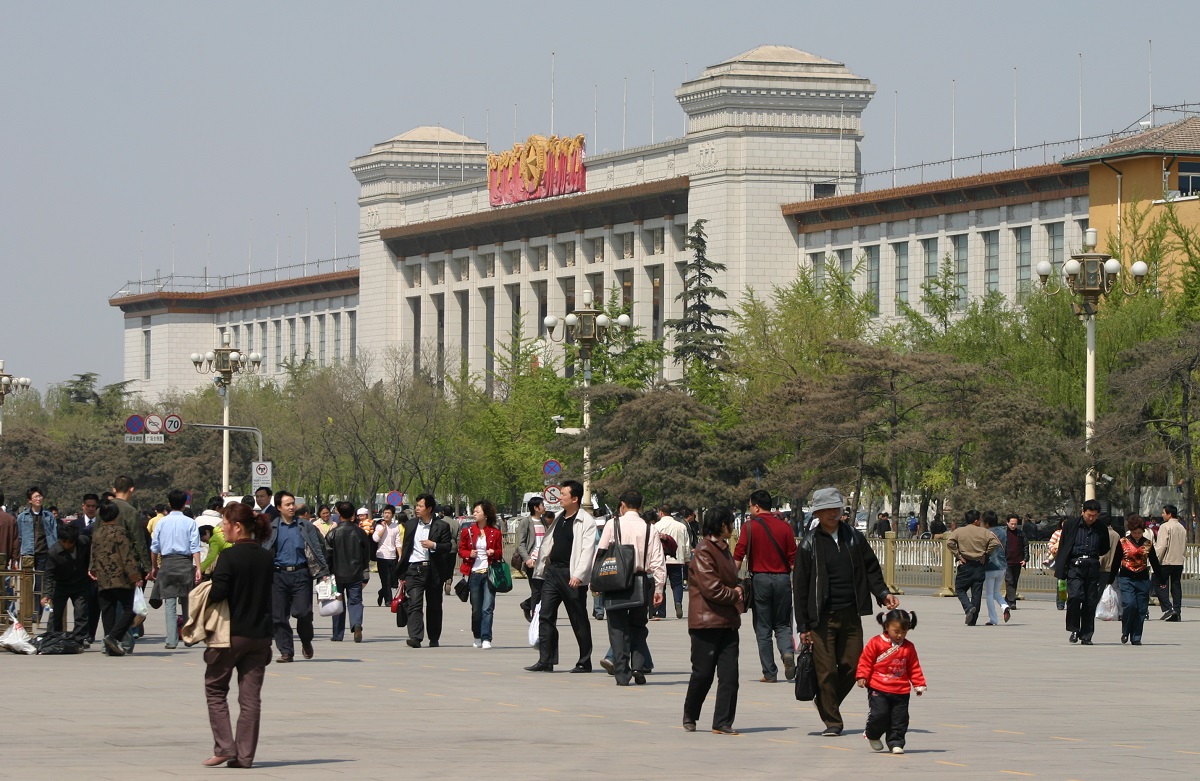
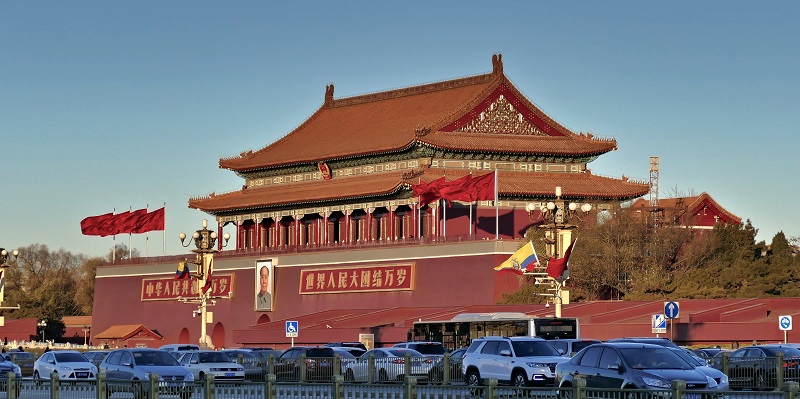
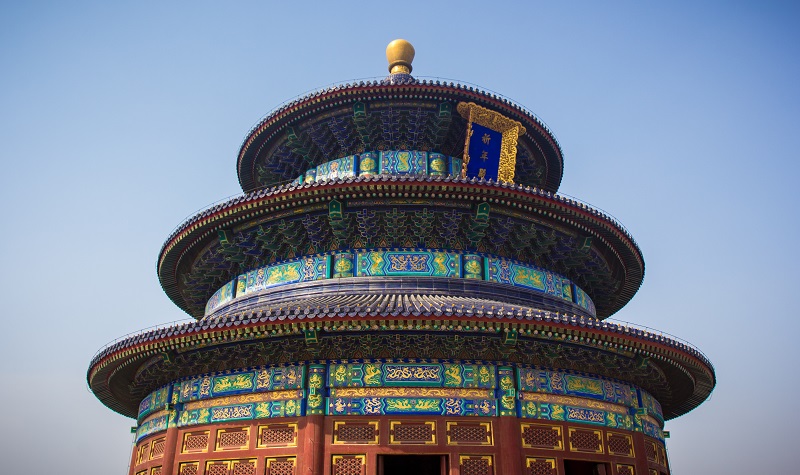
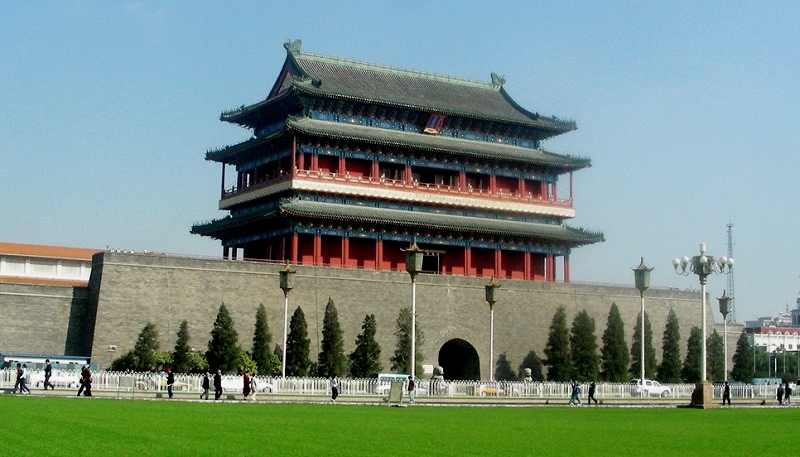
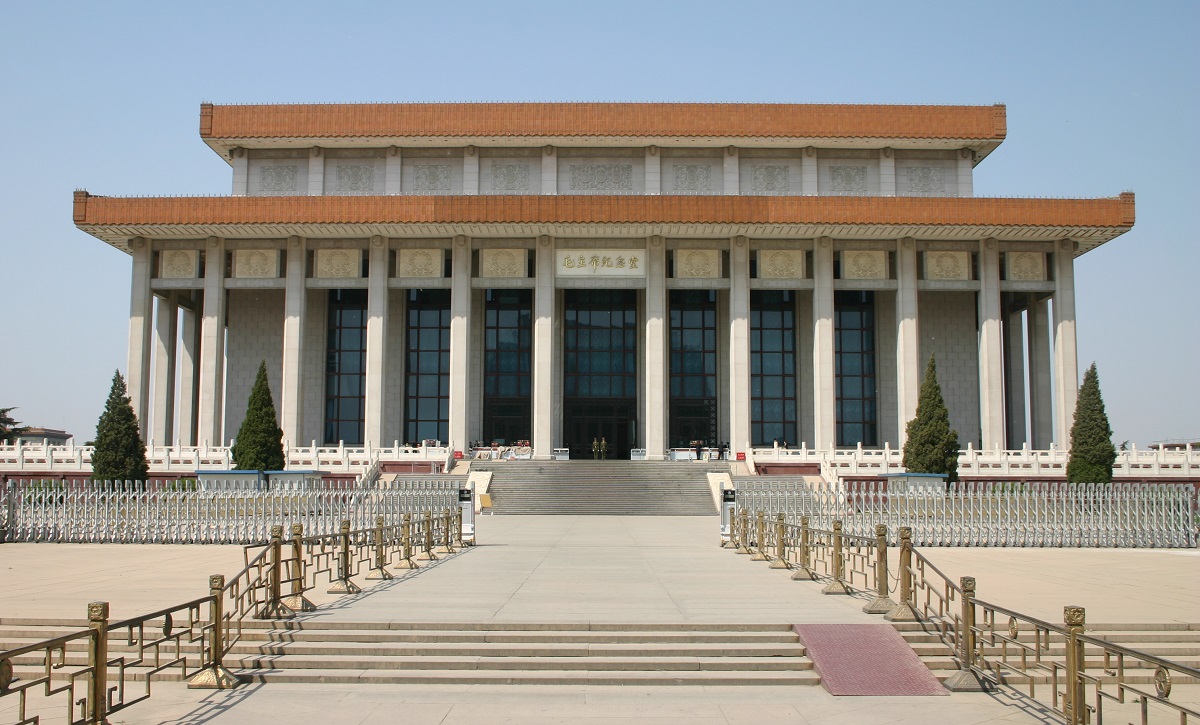




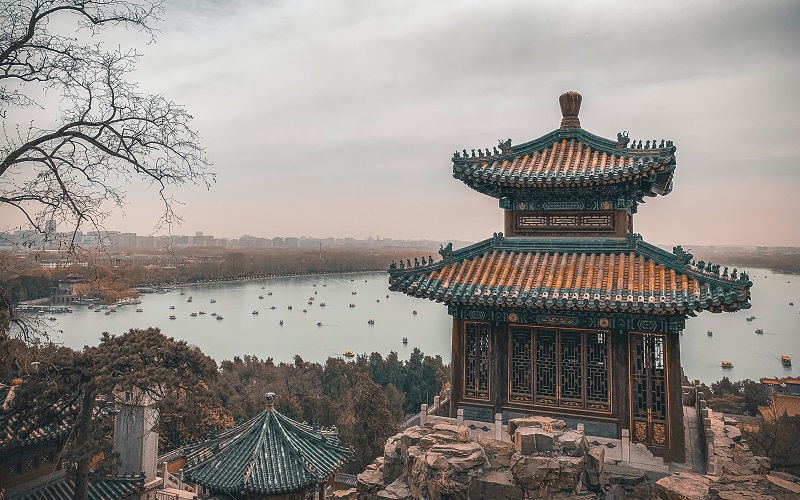
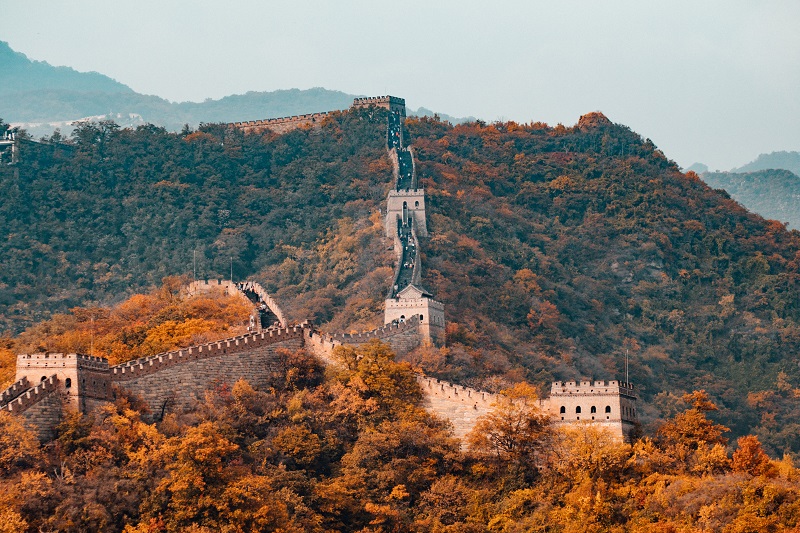
The first settlements
The Beijing area dates back many thousands of years, until the time that Beijing lived in the area of the city’s present southwest suburb, Zhoukoudian. The area was very fertile and the habitation evolved continuously.
Various state formations took shape in the millennium BC, and in the 200s BC. the first Qin emperor, Qin Shi Huang, assembled six different states for the first major unified Chinese state formation. The city of Ji, located in the current Beijing area, was named administrative center. Ji’s military and strategic role was maintained until the end of the Tang Dynasty at the beginning of the 9th century, when the Khitans from the north conquered the city.
New Dynasties
The Khitans made Ji their second capital, and they named the city of Nanjing, meaning the Southern Capital. During the Liao dynasty of 926-1125, a number of palaces were built and the city was to be used as a starting point for further expansion towards the rest of the Chinese territory.
From 1125, the Liao Dynasty was replaced by the Jin Dynasty (1125-1234), making Nanjing the new capital of their kingdom. Nanjing had its name changed to Zhongdu, the central capital. Zhongdu should be able to compete with the southern Song Dynasty, which ruled from Hangzhou.
Around 1150, the Jin Emperor began a large-scale expansion of Zhongdu. Palaces and many large public buildings were built. The city’s population rose and reached a million during this period.
The Mongolian period of Khanbalik
In 1215, Mongol armies conquered Zhongdu, which was granted provincial capital status under the Mongol capital of Kaiping. In 1271, Kublai Khan established the Yuan Dynasty (1271-1368) and made Zhongdu the capital, now under the Chinese name of Dadu, though better known by the Mongolian name of Khanbalik.
Kublai Khan’s kingdom became the second largest in world history, and the Mongols also defeated the Southern Song Dynasty, uniting the entire Chinese territory. Khanbalik was now, for the first time, the capital of all of China.
The Zhongdu of the Jin Dynasty was destroyed during several fires, and Kublai Khan founded the new capital northeast of the old city center, creating the Beijing we know today. The great construction time of palaces and defenses was in the years 1267-1293.
The Ming Dynasty takes over
In the 1360s the rule of the Mongols was weakened and in 1368 the Ming armies conquered Khanbalik. The city was renamed Beiping and subject to the Ming regime in Nanjing. During the first two Ming emperors, Beiping was a regional center. Great city walls and the Forbidden City were built before Emperor Yongle in 1421 moved the capital to the city now called Beijing, the Northern Capital.
Beijing’s development continued with major facilities throughout the Ming Dynasty (1368-1644). The subsequent Manchurian Qing Dynasty (1644-1911) continued construction activities including the construction of large garden and park facilities. Both the Ming and Qing dynasties built on the urban plan devised in the Khanbalik era. The city plan is designed from a central axis from south to north with the imperial palace as the absolute center.
Capital of the Republic
After the collapse of the Qing Dynasty in 1911, the Chinese Republic was established with the Koumintang Party as the ruling one. It was thought that Nanjing would be the capital, but Beijing maintained its position – though only until 1928, when Nanjing officially became the capital of the republic. Beijing was again called Beiping.
In 1937, Beiping became part of the Japanese-controlled Chinese territory, and the city became the capital under the name of Beijing in this state formation. In time after Japan’s rule, 1945-1949, the name again became Beiping.
The People’s Republic to Today
Over the decades, there have been rising social tensions, and in January 1949, the Chinese rebel army entered the city. A few months later, on October 1, 1949, Mao Zedong declared the establishment of the People’s Republic of China from the Tian’anmen Gate.
Beijing’s area and population increased significantly in the latter half of the 20th century, and especially during the Deng Xiaoping period, construction began. For a number of years the development has been almost explosive with new neighborhoods, infrastructure construction, new office buildings and shopping malls etc.
Ancient imperial China meets the new modern country of the city, which was expanded enormously in connection with the 2008 Beijing Olympics.
Overview of Beijing
China is known as the Middle Kingdom and the center is the capital of Beijing. For millennia, Chinese culture has evolved around the court, and since the emperors made Beijing their residence and capital, the city has been favored with one amazing construction after the other.
Beijing’s rich cultural heritage from its long history to the thriving economy today makes a fantastic cascade of impressions on a visit to the city. Beijing is memorable with everything from the great and world famous buildings of the empire to the countless constructions in modern designs and grand parks.
About the upcoming Beijing travel guide
About the travel guide
The Beijing travel guide gives you an overview of the sights and activities of the Chinese city. Read about top sights and other sights, and get a tour guide with tour suggestions and detailed descriptions of all the city’s most important churches, monuments, mansions, museums, etc.
Beijing is waiting for you, and at vamados.com you can also find cheap flights and great deals on hotels for your trip. You just select your travel dates and then you get flight and accommodation suggestions in and around the city.
Read more about Beijing and China
Buy the travel guide
Click the “Add to Cart” button to purchase the travel guide. After that you will come to the payment, where you enter the purchase and payment information. Upon payment of the travel guide, you will immediately receive a receipt with a link to download your purchase. You can download the travel guide immediately or use the download link in the email later.
Use the travel guide
When you buy the travel guide to Beijing you get the book online so you can have it on your phone, tablet or computer – and of course you can choose to print it. Use the maps and tour suggestions and you will have a good and content-rich journey.
Forbidden City • Tiananmen • Peking Duck • Temples • Great Wall
Overview of Beijing
China is known as the Middle Kingdom and the center is the capital of Beijing. For millennia, Chinese culture has evolved around the court, and since the emperors made Beijing their residence and capital, the city has been favored with one amazing construction after the other.
Beijing’s rich cultural heritage from its long history to the thriving economy today makes a fantastic cascade of impressions on a visit to the city. Beijing is memorable with everything from the great and world famous buildings of the empire to the countless constructions in modern designs and grand parks.
About the upcoming Beijing travel guide
About the travel guide
The Beijing travel guide gives you an overview of the sights and activities of the Chinese city. Read about top sights and other sights, and get a tour guide with tour suggestions and detailed descriptions of all the city’s most important churches, monuments, mansions, museums, etc.
Beijing is waiting for you, and at vamados.com you can also find cheap flights and great deals on hotels for your trip. You just select your travel dates and then you get flight and accommodation suggestions in and around the city.
Read more about Beijing and China
Buy the travel guide
Click the “Add to Cart” button to purchase the travel guide. After that you will come to the payment, where you enter the purchase and payment information. Upon payment of the travel guide, you will immediately receive a receipt with a link to download your purchase. You can download the travel guide immediately or use the download link in the email later.
Use the travel guide
When you buy the travel guide to Beijing you get the book online so you can have it on your phone, tablet or computer – and of course you can choose to print it. Use the maps and tour suggestions and you will have a good and content-rich journey.






Similar to Beijing Travel Guide
There are no listings matching your search.
Reset